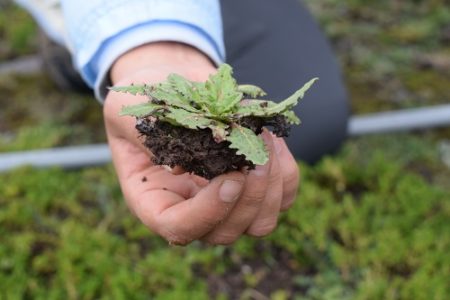
Recovery of the ecosystem services for water regulation of headwaters in the Rimac Basin, Lima Region
Funded by the project Natural Infrastructure for Water Security, Forest Trends. 79,000 USD. @UTEC: Dr. Pedro Rau (co-PI)
The project seeks to identify the ecosystems that regulate the hydrological cycle and assess its conservation status in order to propose recovery measures. The project also includes the social participation component with the communities of San Juan de Yuracmayo, San Antonio y Ayas, located within the Rimac Basin, to discuss their needs and customs regarding water culture.

TaLGEnTox: Analysis and management of the risks associated with the presence of cyanotoxins in waters and development of clean technologies for their elimination: towards an improvement in public health
Funded by CYTED and Fondecyt. 30,000 EUR. @UTEC: Dr. Patrick Venail (PI), Dra. Monica Santa-Maria (co-PI)
The processes of eutrophication and climate change are generating the massive proliferation of cyanobacteria and, therefore, of cyanotoxins in waters bodies of almost all ecosystems and climates on Earth. Regarding this situation, the project proposes the development of a sustainable risk management system for the exposure of cyanotoxins content in water, including a proposal of efficient, environmentally friendly and economic treatments to eliminate these compounds. The achievement of this objective would guarantee an improvement in the quality of the water and, therefore, of public health, favoring the sustainable growth of the population.
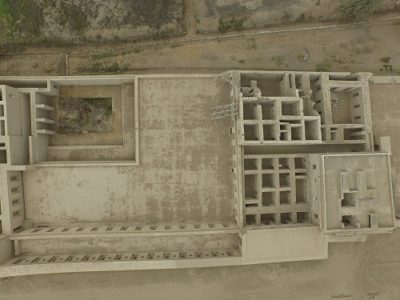
Analysis of the hydraulic system of the network of channels and ponds in the Acllawasi of the Pachacamac complex
Funded by UTEC Seed Fund. 20,000 PEN. @UTEC: Dr. Daniel Horna (PI), @Ministry of Culture @Museo de Pachacamac
The objective of this project is to describe the functionality of the network of channels and ponds found in the Acllawasi area (Incan-design house for selected women) at the Sanctuary of Pachacamac using a combination of numerical models, in order to provide information about undiscovered channels based on the connectivity of channel network.
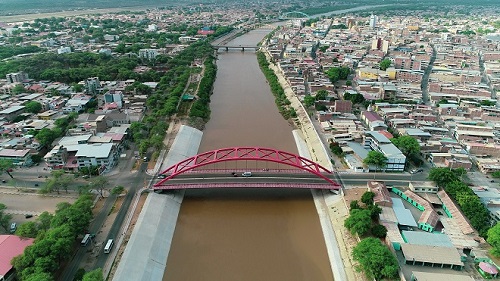
ePIURA: multidisciplinary approach for the Planning of Urban Infrastructure, mapping Environmental Risk
Funded by the World Bank, through Fondecyt. 350,000 PEN. @UTEC: Dr. Dr. Pedro Rau (PI), Dr. Daniel Horna (co-PI), Dr. Patrick Venail (co-PI) @Universidad Nacional de Frontera-Sullana @Kawsay
This project proposes a multidisciplinary research project to quantify the effects of the El Niño in communities in the metropolitan area of the Piura river basin. UTEC will lead the work of identifying the localized climatic, geomorphological and pluvial processes that increase the risk of extreme events in the riverside communities of the city of Piura. The economic costs associated with affecting the urbanized environment will also be identified in the face of the occurrence of an extreme event and the impact generated by the type of existing urban planning, in collaboration with local universities. Finally, the research team will develop recommendations and multidisciplinary action tools for this type of urban environment.

Design and implementation of hydrological monitoring systems for the Saywapata amuna (San Pedro de Casta), and the infiltration ditches in Canchamoya (San Mateo)
Funded by The Nature Conservancy and Aquafondo. 60,000 EUR. @UTEC: Dr. Pedro Rau (co-PI)
The main objective of this project is to generate information on the hydrological system in the sub-basin of the Santa Eulalia River and to describe the efficiency of the hydraulic system of amunas and infiltration ditches, as part of conservation practices based on ecosystems that have a positive impact in the management and conservation of water sources for the use of the population. The project also includes the social participation component, which includes the organization of participatory workshops with community members, whose objective is to provide training on topics related to the quality and contamination of surface water, groundwater, bioindicators and hydrological monitoring.
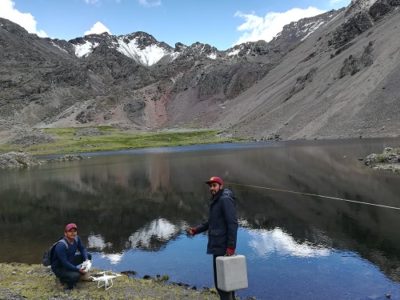
Portfolio of ecosystem services projects for the Lima basins: Chillón, Rímac, Lurín, and Alto Mantaro
Funded by The Nature Conservancy. 60,000 USD. @UTEC: Dr. Pedro Rau (co-PI), @CIAT
The main objective is the formulation of a portfolio of activities for the conservation and restoration of the green infrastructure of the Chillón, Rímac, Lurín and Alto Mantaro basins in order to maximize the supply of hydrological ecosystem services and the preparation of investment cards.
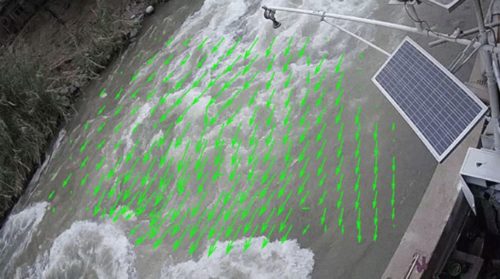
Estimation of river flow using L.S.V.I.P. methodology
Funded by the Servicio Meteorología e Hidrología del Perú (Senamhi). 92,000 PEN. @UTEC.
The project proposes the development of an integrated station, which will collect water level data, through the use of previously calibrated field images; surface velocities that serve to calibrate liquid flows and concentration and estimation of suspenden sediment load. The proposed station for the measurement of water levels and speeds is non-intrusive; that is, it does not obstruct or affect the flow at any time. This station allows to capture the natural conditions of the flow and its variations. The information recorded by the station will serve many purposes, the main one being to collect information for the calibration of numerical models that allow us to understand the behavior of the ocean surface and, to make projections of the hydraulic dynamics of the marine currents. The main purpose of obtaining surface velocities when traditional measurement techniques are not possible is to verify theoretical measurements and to support direct measurements of the flow through a video. This project was carried out in collaboration with the Center for Water Studies and Technology (CETA, in spanish) of the Universidad Nacional de Córdoba, Argentina.

